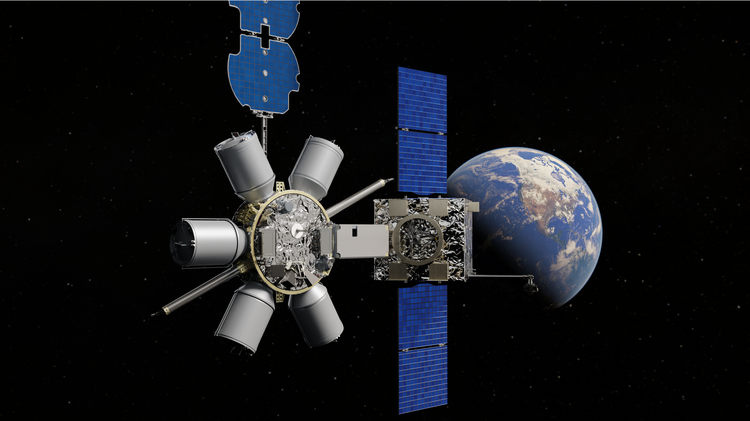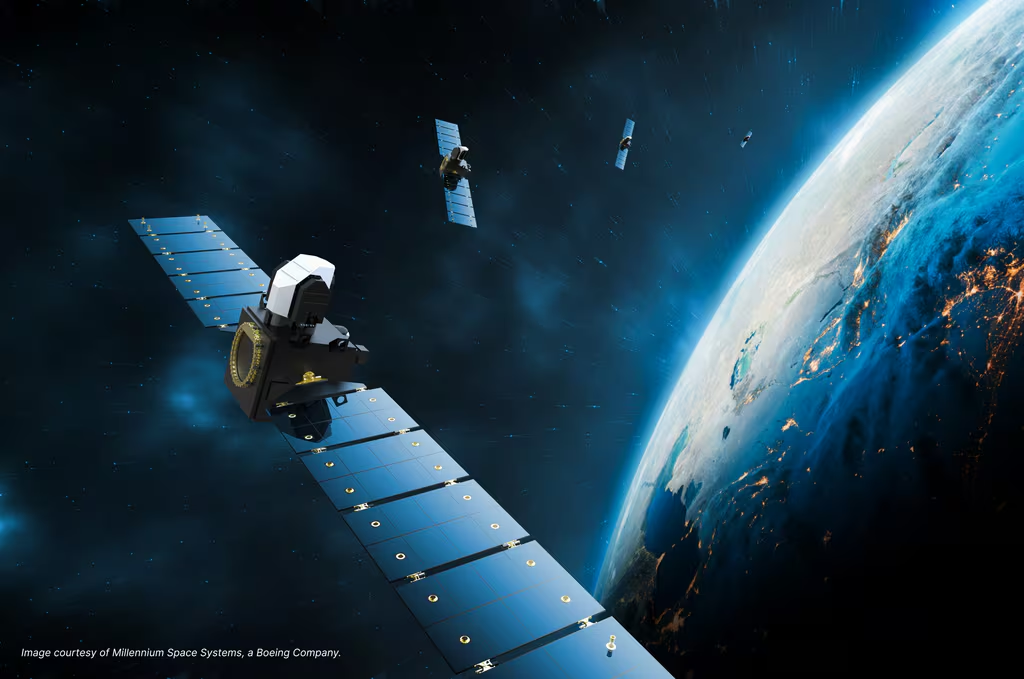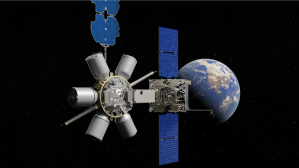Space Force still weighing cost, operational advantages of satellite refueling tech

While the Space Force prepares for upcoming experiments to test in-space refueling capabilities, the service is concurrently analyzing whether or not the technology offers better advantages than putting inexpensive, expendable satellites on orbit.
There has been ongoing debate within the Space Force regarding the military benefit of investing in on-orbit refueling — touted by commercial industry as a key enabler for space mobility that could potentially extend the operational range and capacity of satellites. The service requested $20 million in fiscal 2025 to fund early research and development efforts, but recent comments by leadership have suggested that officials aren’t entirely ready to go all-in.
“I think we’re trying to understand the value proposition of refueling and the trades that come with it. I think it’s entirely appropriate, and we are investing in demonstration and capability with some of our teammates who are peeling this apart — both on the cost side as well as the military advantage,” Lt. Gen. Shawn Bratton, deputy chief of space operations, strategy, plans, programs and requirements, said Thursday during a webinar hosted by the Mitchell Institute.
In theory, refueling tech is favorable for the Space Force’s large, exquisite satellites in geostationary orbit (GEO), as replacing them could take years and cost billions of dollars. But while Bratton said the ability to refuel spacecraft could lead to extending their time on orbit, other components on the satellites have finite lifespans and will eventually fail at some point.
At the same time, the service is pushing for a future where it proliferates hundreds of smaller sats that are cheaper to build and launch — meaning if one space vehicle fails, another in the constellation could take its place. Operating large numbers of platforms with shorter lifespans also means the Space Force can update its architectures with the latest technologies at a faster pace, Bratton added.
The Space Force is currently analyzing the tradeoffs between both strategies, including both operational and cost advantages, Bratton said. And given ongoing fiscal uncertainty and discussions around budget constraints, he noted that if the service decides to put more funding towards in-space refueling it will likely have to be taken away from something else.
“I don’t have the data together yet. I think we’ll have that this fall, based on the ongoing work and then based on the great demonstrations that are going on out there with [Space Systems Command] that is sort of helping us figure this out,” Bratton said.
To help with those assessments, the Space Force is planning a series of projects in the near future focused on experimenting with in-space refueling.
The service contracted Northrop Grumman in April for a new mission called Elixir, which will involve developing and integrating a refueling payload onto a satellite and demonstrating the technology in space. Separately, the company also recently received a multi-unit award for its ESPAStar spacecraft that will host the refueling demonstration payload during launch.
The Space Force also contracted Astroscale US in April to conduct two refueling operations in GEO in summer 2026. The mission will “demonstrate the ability of commercial Servicing, Mobility and Logistics providers to deliver on-orbit capabilities supporting the warfighter,” a company press release stated.
Along with the demonstrations, Bratton said he’s looking for additional wargaming and studies of in-space refueling technology that could help determine its value proposition.
“If that is the advantage that refueling brings, then let’s put that into some wargaming, run it through a conflict,” he said. “How much of a difference does it make if I go to war with refueling [or] I go to war without refueling? How do I quantify that advantage? And then we can measure that against the budget choices we have to make.”






